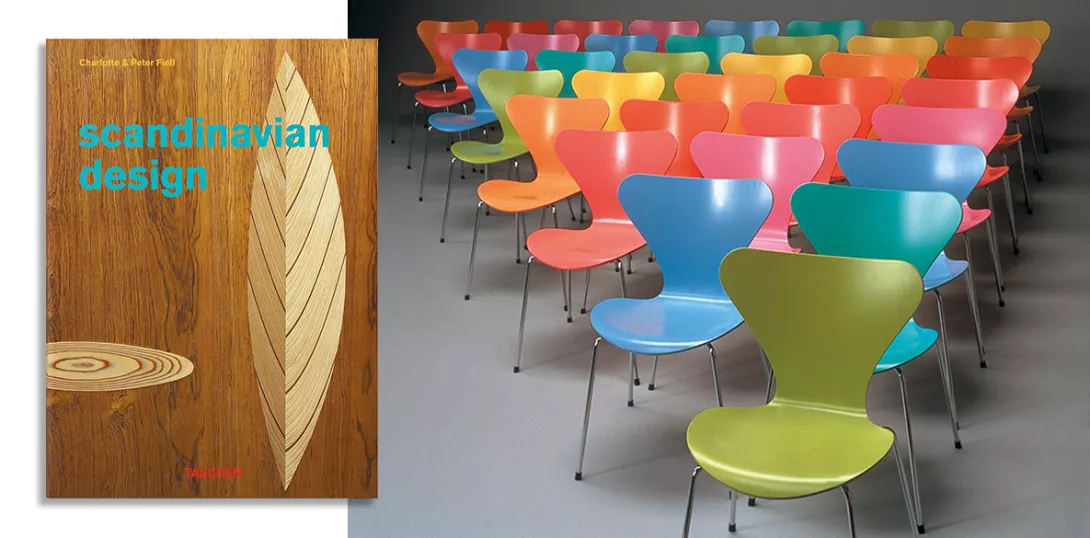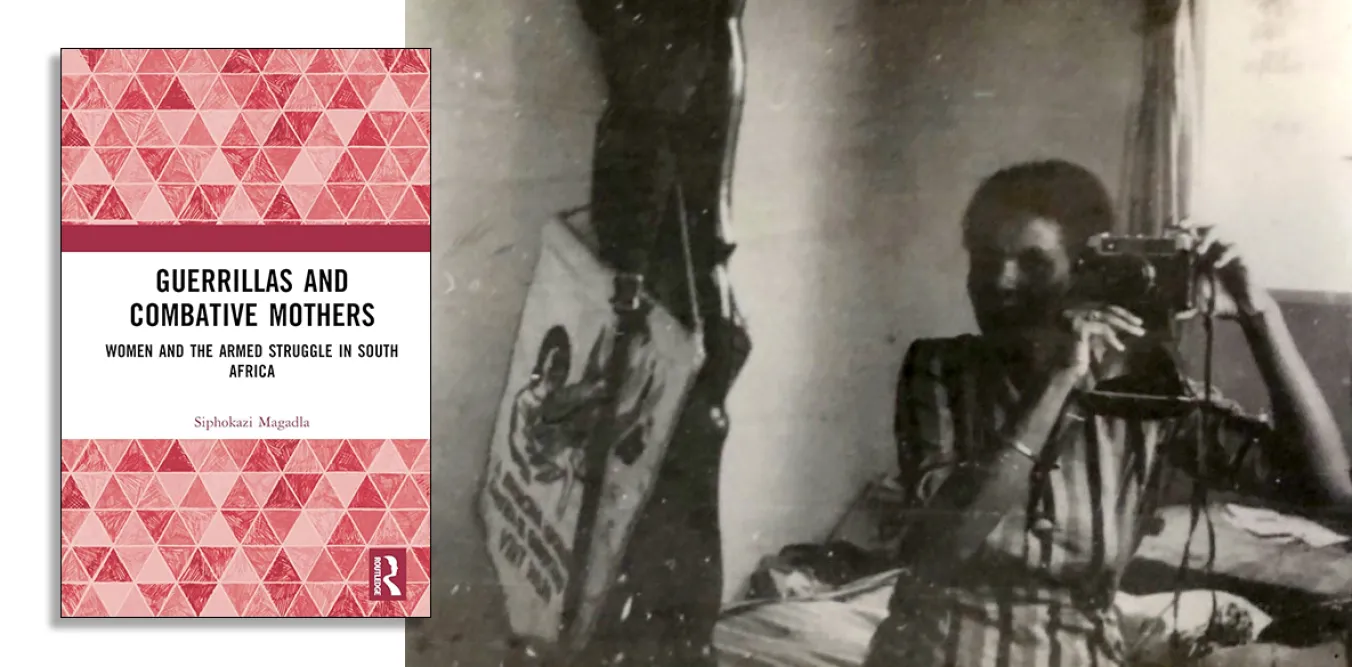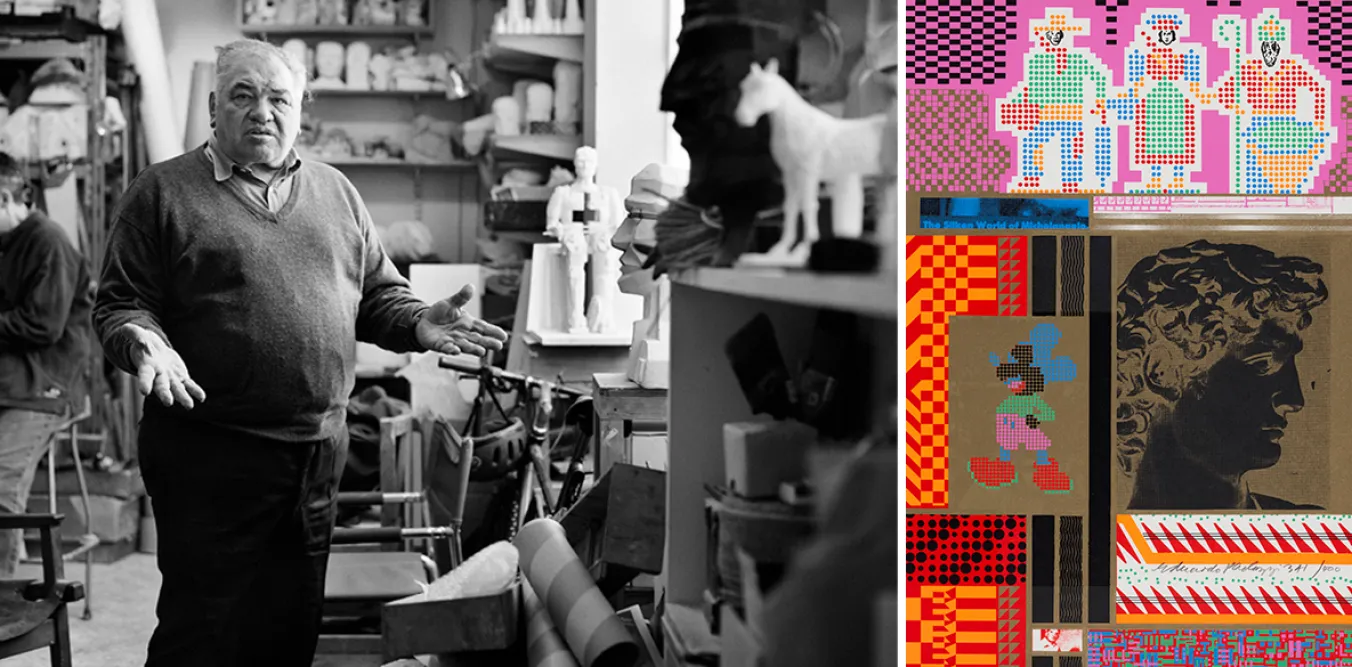
Scandinavian Design
Charlotte & Peter Fiell, Taschen, £25
THE latest update of Charlotte and Peter Fiell’s 2002 Taschen book on Scandinavian design comes as part of the German art publisher’s 40th anniversary celebrations and is a weighty little brick of a book, 512 pages but with a footprint barely larger than a piece of A5 paper, perfect for the tiniest of minimalist coffee tables. The quality is as excellent as we have come to expect from the carbon-neutral publisher.
It’s always a tricky argument when defending good aesthetics against the purely functional, but why is it not possible to have both — and not just for the enjoyment of the wealthy?
In Sweden, 19th century socialist Ellen Key argued for “Skonhet at Alla” (beauty for all) and the Swedish Society of Craft & Industrial Design, set up in 1845 to oversee the quality of mass-produced goods, employed the slogan “Vackrare Vardagsvara” (more beautiful everyday objects).
Against this background, the book begins with an overview of how a recognisably Scandinavian — or, more precisely, Nordic — design aesthetic evolved, touching on how the region’s Lutheran and social-democratic roots forged a practical and egalitarian style and looking at the effects of climate and available resources: light colours and clean lines to counteract those long dark winters.
There follows an examination of the contrasts in the design styles of each of the five countries and the possible reasons for these differences — for example, Iceland’s lack of natural resources leading to an emphasis on architecture and graphic design.
The next section is an A-Z of 125 designers and design companies, with colourful images and a biography of each designer, starting with Finnish husband-and-wife duo Aine and Alvar Aalto.
A wide variety of disciplines and styles are presented in this chunky encyclopaedia of Scandi design: it’s crammed with examples of furniture, glassware, ceramics and metalware from the turn of the 20th century onwards, and the inclusion of so many examples of textile design — often overlooked or thought of as something to be considered separately — is particularly welcome.
There are names familiar to us in Britain such as Alvar Aalto, Marimekko, Arne Jacobsen, Verner Panton and of course Ikea, that world-conquering champion of democratic and affordable design, although with no mention of the fascist political inclinations of its founder, the famously frugal flat-pack billionaire Ingvar Kamprad, though, nor Ikea’s sourcing of materials and labour.
If we think of Scandinavian design as typifying what has come to be known as “mid-century modern,” a timeline at the back of the book tells a broader story, starting with Fiskars and Husqvarna in the 1600s — names familiar to us now as producers of those orange-handled scissors and lawnmowers — and ending in 2022 with the recycled plastic Bit stool by Simon Legald.
What this book does well is place the familiar mid-20th century Nordic style into a wider social context. William Morris and the Arts & Crafts movement in Britain tried to combine good design with progressive principles more than 50 years earlier, but their romantic notion of the authenticity of the artisan meant only the wealthiest could ever afford their products.
The march of industry in Scandinavia was slower, with an underlying understanding that mass production could be for the greater good rather than the greatest profit. Though only partly successful in achieving affordability for everyone, the style is much loved and has been greatly imitated since, an example being Ikea’s Frosta stool which sold for about 20 times less than you can currently buy Alvar Aalto’s very similar Model 6 stool.
This is a lovely looking and informative book which gives the reader an understanding of the enduring popularity of Scandinavian design. The type’s rather small, but if you’ve forgotten your magnifier, just look at the wonderful pictures and enjoy the egalitarian hygge-infused balance of simple forms, practicality and beauty.














